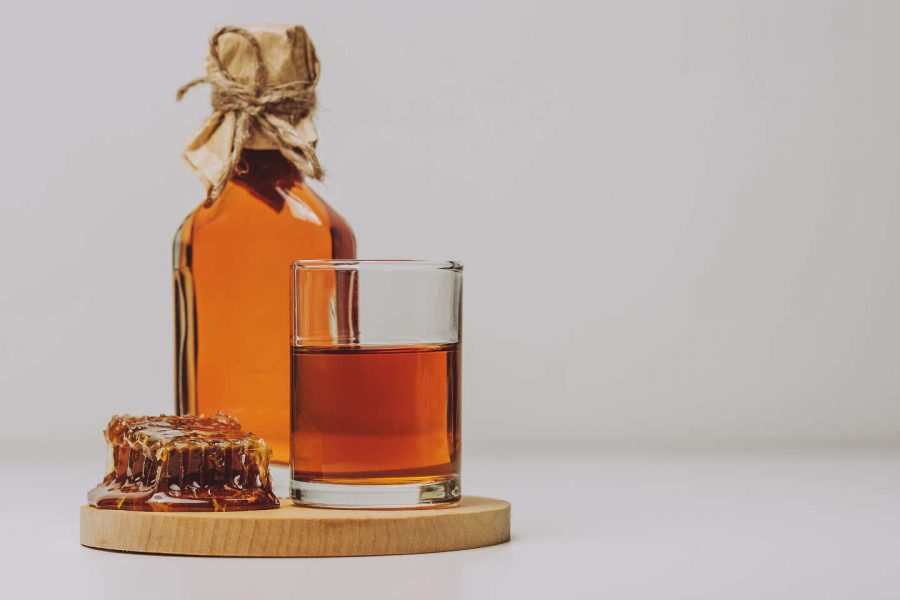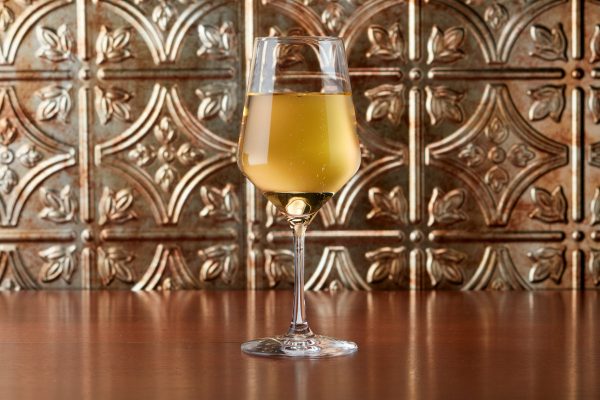
This is one of the official 2021 Mead Day recipes! This year’s Mead Day is sponsored by Walker Honey Farm.
This mead recipe comes courtesy of Susan Ruud. Susan owns and operates Prairie Rose Meadery in Fargo, North Dakota with her husband Bob. Prior to professional meadmaking, Susan served on the American Homebrewers Association Governing Committee and earned multiple gold medals in the National Homebrew Competition.
Meadmakers are given the option of making Susan’s traditional mead recipe below or taking it a step further to create bochet, a mead made with caramelized honey.
This is one of the official 2021 Mead Day recipes! This year’s Mead Day is sponsored by Walker Honey Farm.
This mead recipe comes courtesy of Susan Ruud. Susan owns and operates Prairie Rose Meadery in Fargo, North Dakota with her husband Bob. Prior to professional meadmaking, Susan served on the American Homebrewers Association Governing Committee and earned multiple gold medals in the National Homebrew Competition.
Meadmakers are given the option of making Susan’s traditional mead recipe below or taking it a step further to create bochet, a mead made with caramelized honey.
Ingredients:
- 20 lb. honey
- Approximately 4 gal. water
- Dry yeast weight: 16 g (two 8-gram packets) – Lalvin 71B-1122 – Ferment around 65°F (18°C) for best results (or use your favorite mead yeast’s recommended fermentation temperature).
- 20 g Go-Ferm
- 10.2 g (split in half) Fermaid O
- 11.4 g (split in half) Fermaid K
- 14.2 g (split in half) diammonium phosphate (DAP)
- ½ tsp/gal. potassium sorbate
- 1 tablet/gal. Campden tablet
Specifications:
Yield: 6 US gallons
Original Gravity: 1.121
Final Gravity: 1.020
ABV: 13%
Directions:
The honey should be of good quality—your mead will have flavors of the honey you use. If you like the subtle background flavors of the honey, it should make good mead.
Nutrients need to be dissolved in either must or water before being added to the larger volume of fermenting must. Stir or swirl your must gently before adding the nutrients to remove CO2 and avoid a honey volcano.Mix water and honey well (I attach a blender to a drill and have my honey at liquid stage before starting). Gravity should be around 1.120. By mixing vigorously, you will oxygenate the must well, which is beneficial to yeast at this time.Rehydrate yeast with Go-Ferm, add to room-temperature honey mixture, and allow to ferment for 24 hours. At 12 hours, you can mix the must again to introduce additional oxygen. After 24 hours of fermentation, add 5.1 g Fermaid O. At 48 hours, add remaining Fermaid O. At 72 hours, add 5.7 g Fermaid K and 7.1 g DAP. Add remaining Fermaid K and DAP when 1/3 of available sugars have been fermented (SG 1.080)
When your mead is done fermenting (several weeks)—specific gravity of about 1.025—transfer to new carboy for clarifying. You can add 1 Campden tablet (potassium metabisulfite) per gallon of mead and ½ tsp. potassium sorbate per gallon to stabilize fermentation and prevent renewed fermentation. If you want to avoid these, you will need to let your mead stabilize longer to make sure fermentation is complete and avoid bottle bombs.
Bochet Variation
Bochet uses caramalized honey rather than traditional raw honey.
For Caramelized Honey
Sucrose caramelizes at 320°F (160°C) and fructose at 230°F (110°C). Honey is approximately 38.2% fructose and 1.3% sucrose (with another 31.3% glucose). If you plan to make a 6-gallon batch of bochet, then you may want to caramelize in a large kettle over a controlled flame. You will need a container of at least twice the volume of honey you want to caramelize, as it will expand and foam up as it heats. I prefer to do mine in smaller batches in the oven, as I feel I have more control and do not have to sit over the heat as long. Use a candy thermometer to keep close attention to temperatures!
Oven 325°F (163°C) for 75 minutes. Watch temperature with thermometer so it doesn’t go above 275–280°F (135–138°C). Add a small amount of water to the honey as this helps early burning of your honey (the water will boil away). When the honey is about 270°F (132°C), it will be dark brown and start to get nice caramel notes. At 280°F (138°C) you will start to get some slight burnt notes, and the honey will be quite dark brown. By 290°F (143°C), you will have significant burnt notes and it will be nearly black.
Several other methods (flame, stovetop, slow cooker, pressure cooker) can be found online, so use whichever method works best for you. Generally, the upper temperatures will be the same for all methods. Caramelized honey is good; burnt honey is harsh and bitter, so watch that temperature closely.






Share Post